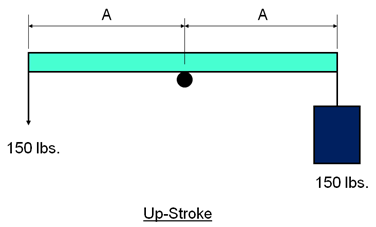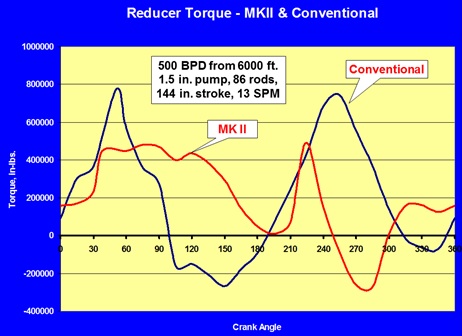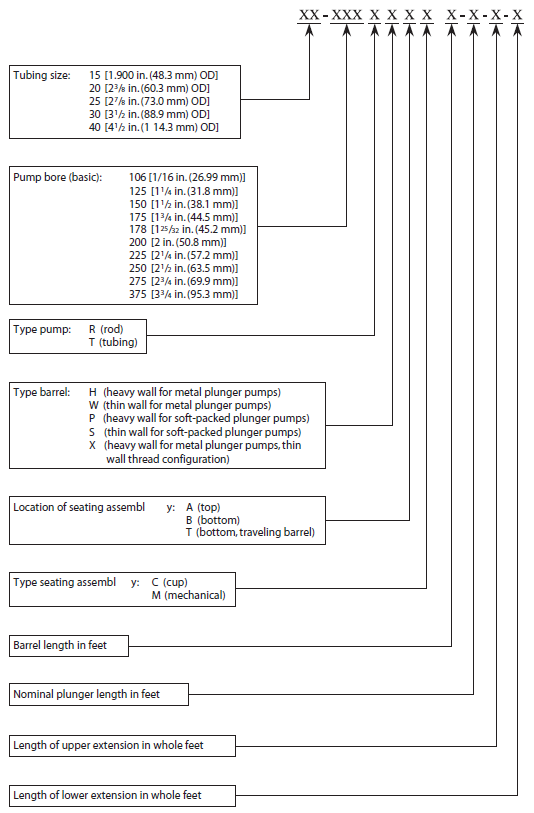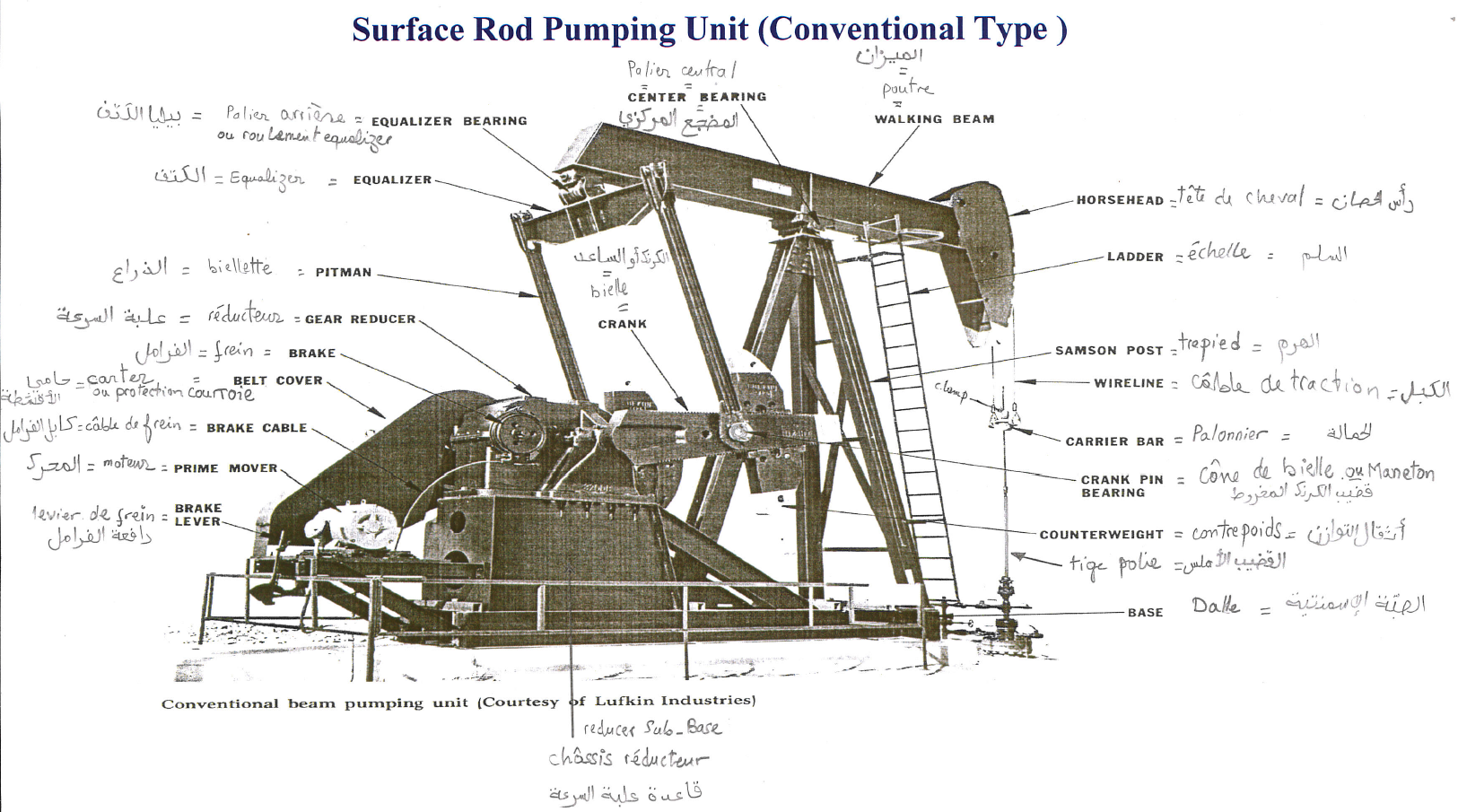This article gives you some good practices and rules of thumb for optimizing beam pump applications. The following topics have been presented:
- Artificial Lift Optimization – What does it mean?
- Required information
- Typical design situations
- Optimization considerations
- Simulate / Measure initial conditions
- Pump condition, structure loading, and gearbox Loading
- Miscellaneous notes
- Design Guidelines: Pump Efficiency, Structure Loading, Gearbox Loading
- Case 1: Increase Capacity
- Case 2: Size unit for well w/no unit
- Dialing in your design
- Unit Sizing “Rules of Thumb”
- Sucker Rod Design
- Rod Guides: Snap Ons, Molded Guides








